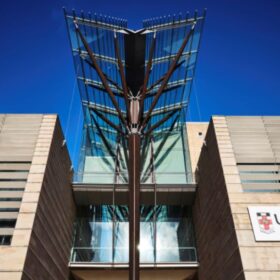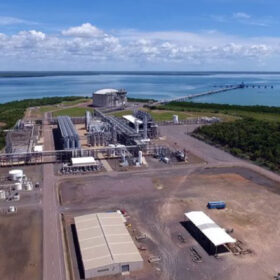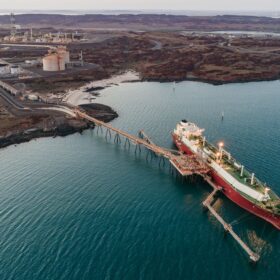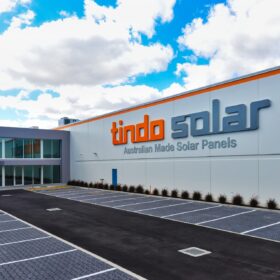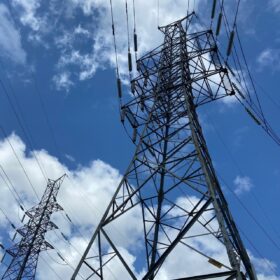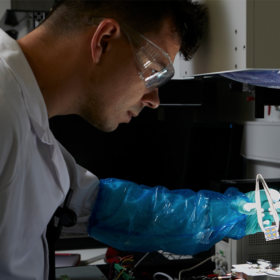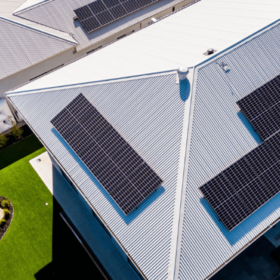UNSW researchers solve aqueous rechargeable zinc battery challenge
Researchers from The University of New South Wales have developed a “scalable solution” they say overcomes the rechargeability challenges associated with aqueous zinc battery technology, potentially redefining energy storage for homes and grids.
Darwin solar-power green hydrogen plant secures major project status
French renewables developer TE H2’s ambition to be an early mover in Australia’s giga-scale renewable energy generation and hydrogen production industry has received a boost with the Northern Territory government awarding major project status to the proposed Darwin H2 Hub.
ClearVue inks Australian manufacturing and distribution deal
Solar glass manufacturer ClearVue Technologies will look to ramp up the commercialisation of its power-generating solar windows in Australia after finalising its first manufacturing and distribution agreement in the country.
Tesla releases API for solar, Powerwall, EV charger
The company released an application programming interface to enable third-party developers to interact with Tesla home energy products.
Woodside links with South Korean gas giant on ‘lower-carbon’ hydrogen deal
Oil and gas giant Woodside Energy has signed a deal with South Korean utilities major SK E&S to explore the potential development of a “lower-carbon” hydrogen value chain between Australia and South Korea.
Australian solar panel manufacturer unveils 1 GW expansion plan
Australian solar panel manufacturer Tindo Solar has announced plans to build the country’s first solar panel gigafactory as it looks to increase its manufacturing capacity to capitalise on a growing domestic market currently dominated by imports.
Queensland council calls for feedback on giga-scale solar and battery project
Plans to build an almost 1 GW solar farm and battery energy storage facility in southern Queensland are now available for public scrutiny with the Toowoomba Regional Council calling for feedback on the development application.
Barriers and solutions to Australia’s climate crisis
During the global COP28 conference, discussions led by Australia’s Climate Change and Energy Minister Chris Bowen once again centered on the need for greater urgency in delivering planned energy generation to accelerate the transition from fossil fuels to reach 2030 and 2050 clean energy targets.
Breakthrough for producing perovskite solar cells with AI
Researchers at RMIT University’s School of Science, Monash University and Australia’s national science agency, the CSIRO, have harnessed artificial intelligence to accelerate the design and production of perovskite solar cells.
Rooftop solar delivers generation milestone in NEM
The rooftop solar juggernaut shows no signs of slowing in Australia with an unprecedented contribution from household PV systems delivering a string of new records in the National Electricity Market to close out 2023.
